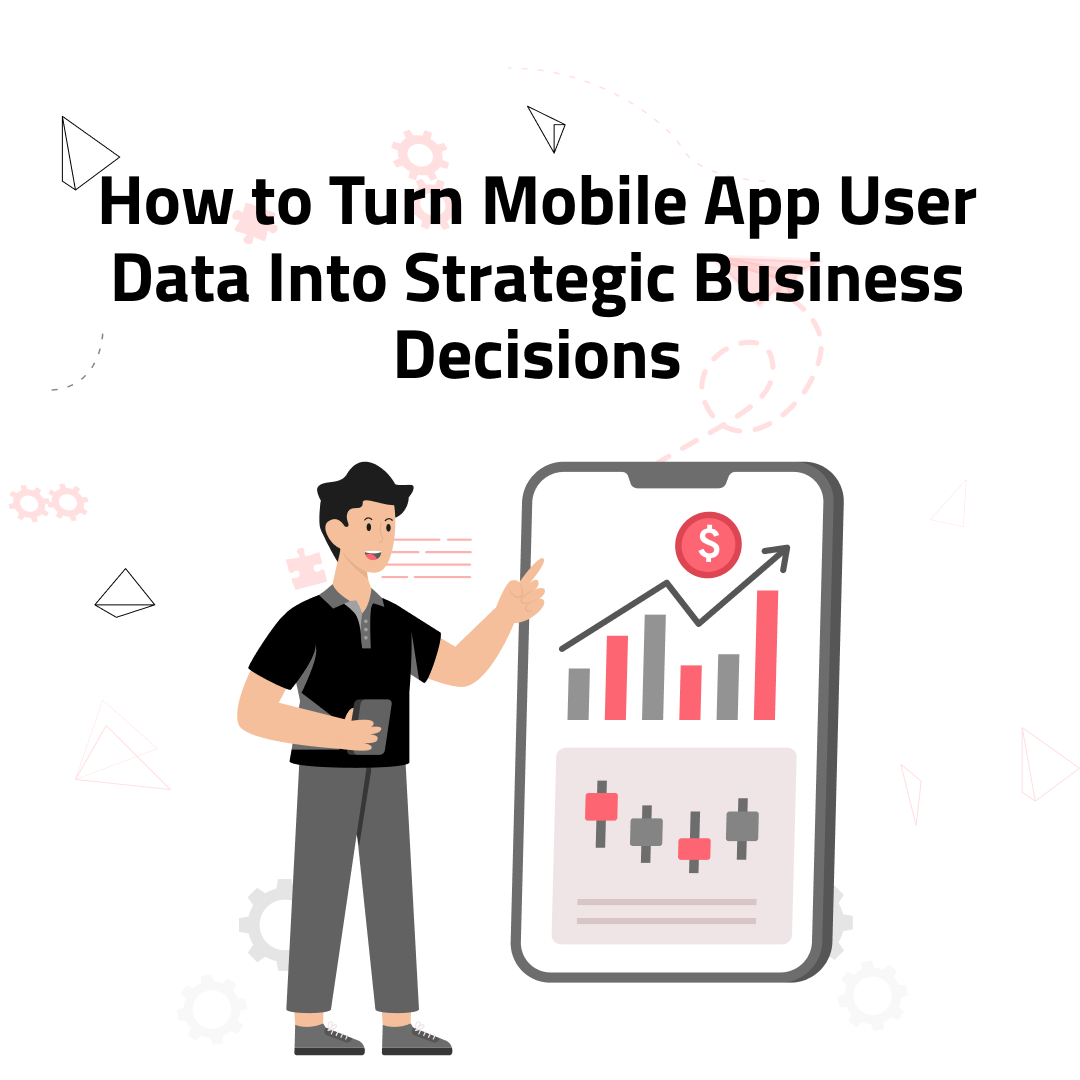
Mobile apps are becoming a powerful source of data. Every tap, swipe, and session generates insights about user behavior, preferences, and challenges. When businesses know how to leverage this data, they can make smarter, data-driven decisions that fuel growth.
In this article, we’ll explore how to collect, analyze, and transform mobile app user data into actionable strategies that impact your bottom line.
Why Mobile App User Data Matters
Mobile app user data provides a window into how customers interact with your brand. Instead of relying on guesswork, businesses can use real user insights to:
When properly harnessed, this data becomes a strategic business asset.
Types of Mobile App User Data You Should Track
Not all data is equal. To make informed decisions, focus on these key categories:
Steps to Turn User Data Into Strategic Decisions
1. Define Clear Business Goals
Before diving into analytics, align your data collection with specific objectives:
2. Use the Right Analytics Tools
Leverage platforms like Google Analytics for Firebase, Mixpanel, or Amplitude to track detailed user behaviors. These tools give you real-time dashboards that highlight trends.
3. Segment Your Users
Group users based on behaviors or demographics. For example:
Segmentation allows for personalized marketing strategies and tailored product experiences.
4. Analyze Patterns and Pain Points
Look for patterns that show opportunities or challenges:
5. Turn Insights Into Action
Once patterns are identified, transform them into business strategies:
6. Continuously Test and Refine
Data-driven decisions aren’t one-time actions. Use A/B testing to validate changes and adapt your strategy as user behaviors evolve.
Real-World Example
Imagine a fitness app noticing that users often abandon the sign-up process after entering personal details. By analyzing this data, the company discovers the form is too long. Simplifying onboarding leads to a 30% increase in completed sign-ups, directly impacting revenue growth.
Best Practices for Using Mobile App Data Strategically
Conclusion
Turning mobile app user data into strategic business decisions isn’t just about numbers, it’s about understanding your customers and acting on what you learn. By defining clear goals, tracking the right metrics, and applying insights effectively, businesses can enhance user experience, increase revenue, and stay ahead of the competition.
If you’re ready to transform your app analytics into growth strategies, start small experiments, and let the data guide your decisions.
Have an app idea and want to get started? Contact us now!
